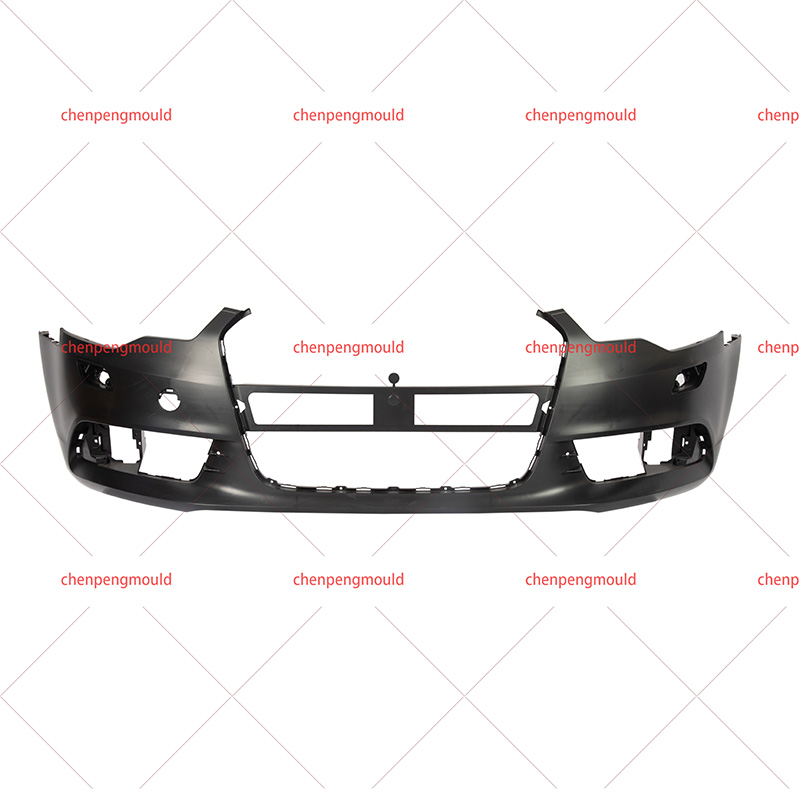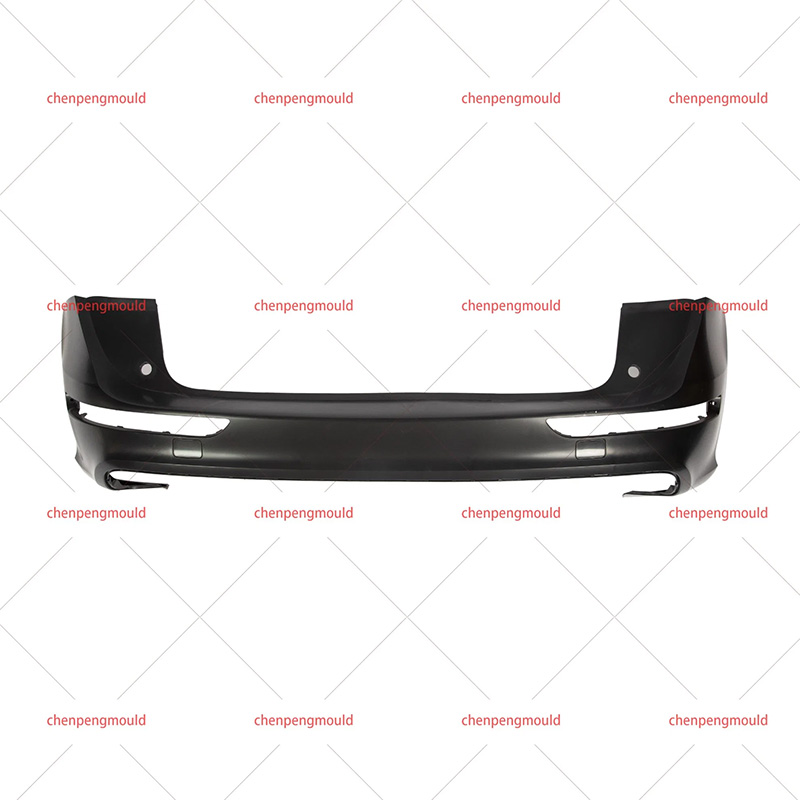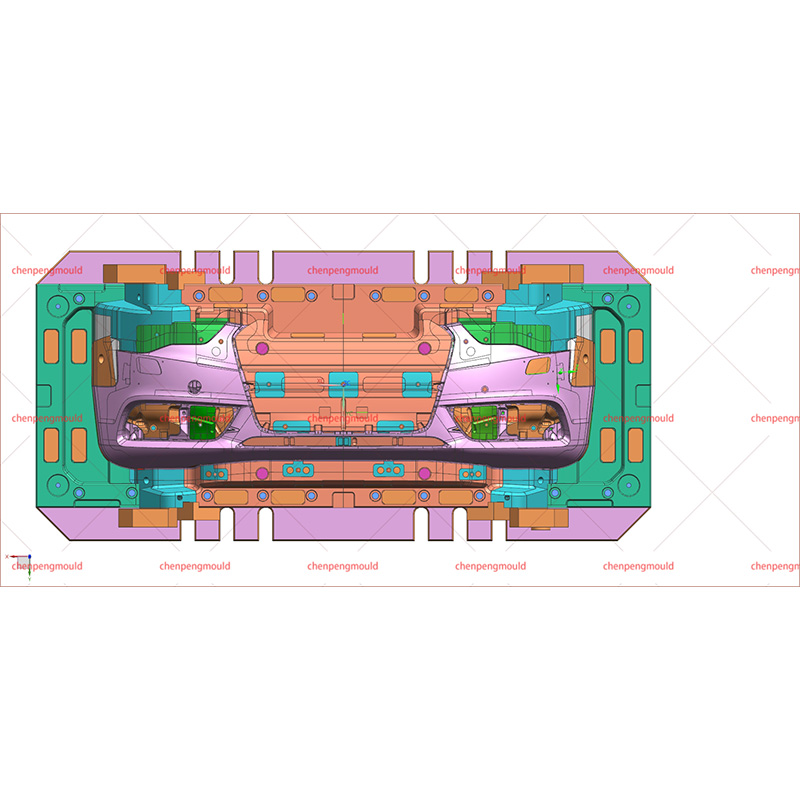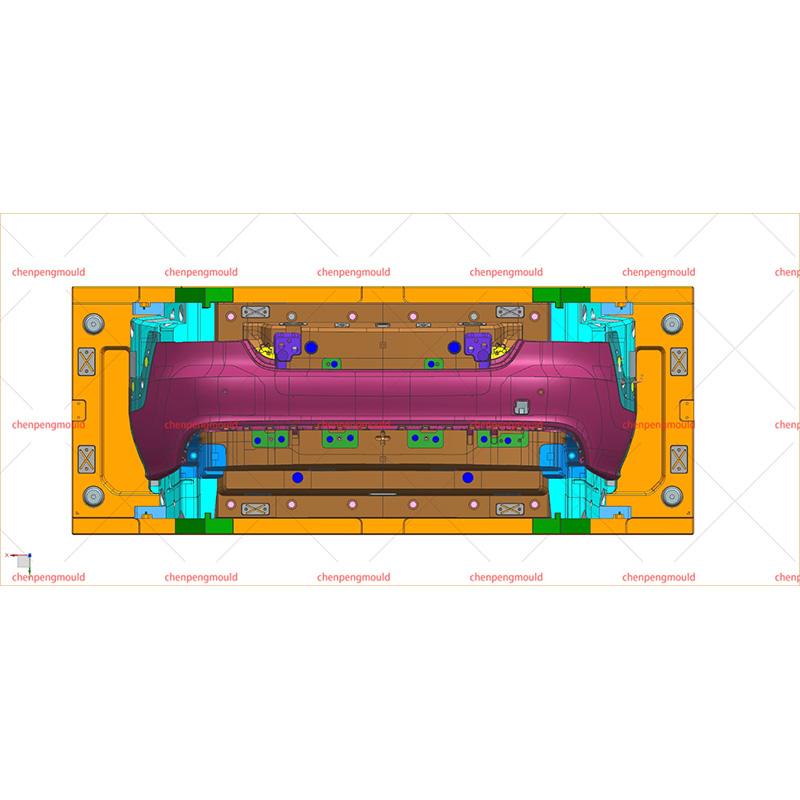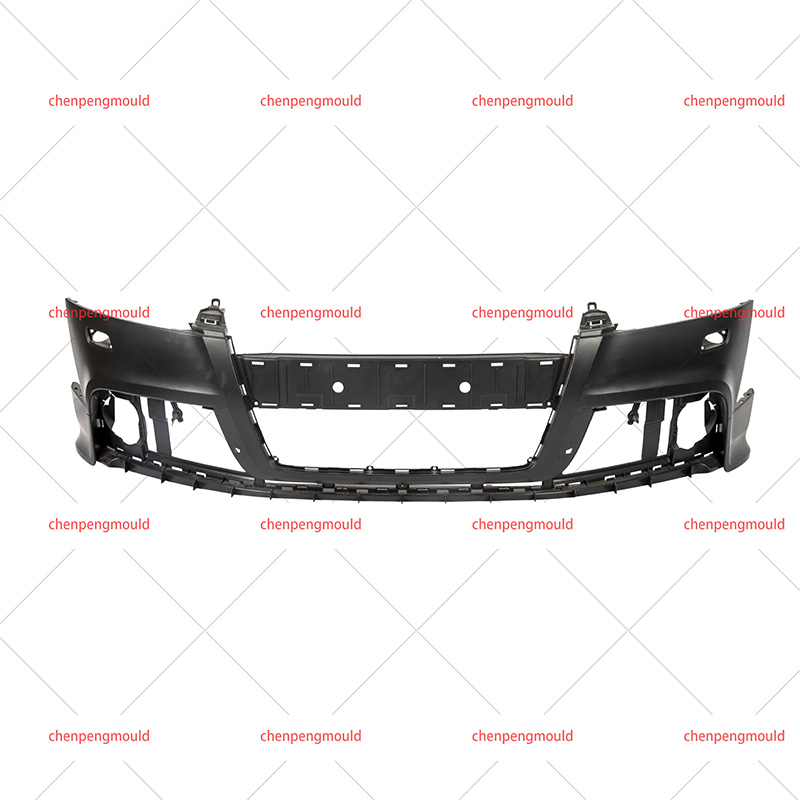In the dynamic landscape of automotive design, the future of vehicles is intricately linked to the development of cutting-edge Automotive Interior and Exterior Parts. This industry news article aims to dissect the emerging trends that are steering the course of innovation in both Automotive Exterior Parts and Automotive Interior Parts. As we explore the future, we uncover the transformative shifts that promise to redefine the aesthetics, functionality, and sustainability of the vehicles we drive.
Trends in Automotive Exterior Parts:
1. Advanced Materials Revolution:
- Carbon Fiber Integration: The future of Automotive Exterior Parts sees a prominent role for advanced materials like carbon fiber, contributing to lightweight yet robust components.
- Smart Composites: Innovative smart composites are being explored, enhancing not only strength but also integrating functionalities such as impact sensing and self-healing capabilities.
2. Aesthetic Fusion with Technology:
- Digital Integration: Automotive Exterior Parts are evolving to seamlessly integrate digital elements, such as LED displays and dynamic lighting, blending aesthetics with functional technology.
- Smart Paint Solutions: The introduction of smart paint technologies allows for color-changing exteriors, enhancing vehicle personalization and adaptability.
3. Sustainable Design Practices:
- Recyclable Composites: Automotive manufacturers are increasingly focusing on recyclable composites for Exterior Parts, aligning with global sustainability goals.
- Eco-Friendly Coatings: Sustainable coatings with reduced environmental impact are being developed, ensuring both durability and eco-conscious design in Automotive Exterior Parts.
4. Aerodynamics and Efficiency:
- Streamlined Shapes: The future envisions Automotive Exterior Parts with streamlined and aerodynamic shapes, optimizing fuel efficiency and reducing drag.
- Integrated Wind Technologies: Advancements in wind technology integration aim to improve vehicle aerodynamics further, enhancing overall performance.
5. Smart Sensor Integration:
- Proximity Sensors: Automotive Exterior Parts are expected to incorporate proximity sensors for enhanced safety, facilitating features like automatic door opening and obstacle detection.
- Environmental Sensors: Smart sensors will be utilized to detect environmental conditions, influencing exterior features such as adaptive lighting and temperature-responsive coatings.
Emerging Trends in Automotive Interior Parts:
6. In-Car Connectivity Revolution:
- Integration of AI Assistants: The future of Automotive Interior Parts sees a seamless integration of AI assistants, transforming the in-car experience with voice commands and predictive functionalities.
- Interactive Surfaces: Interior surfaces are evolving into interactive touchpoints, providing controls and information through touch-sensitive materials.
7. Sustainable Interior Materials:
- Recycled Fabrics: Automotive Interior Parts are embracing recycled and sustainable fabrics, offering eco-friendly alternatives for seat covers, carpets, and headliners.
- Bio-Based Plastics: The shift towards bio-based plastics contributes to environmentally conscious interior design, reducing the reliance on traditional petroleum-based materials.
8. Customization for Personalized Experiences:
- Adaptive Seating: Future Automotive Interior Parts will focus on adaptive seating solutions, allowing for personalized comfort and ergonomic adjustments.
- Configurable Interiors: Modular and configurable interior components will enable users to customize their vehicle's interior layout based on preferences and needs.
9. Enhanced Safety Features:
- Active Interior Safety Systems: Automotive Interior Parts will integrate active safety systems, including airbags embedded within seats and intelligent seatbelt technologies.
- Health Monitoring Sensors: Interior components will incorporate health monitoring sensors, providing real-time data for driver and passenger well-being.
10. Augmented Reality Integration:
- AR-Enhanced Displays: Automotive Interior Parts will feature augmented reality-enhanced displays, overlaying information on windshields and windows for navigation, entertainment, and safety alerts.
- AR-Enabled Controls: Augmented reality controls will revolutionize the interaction with Automotive Interior Parts, offering intuitive and gesture-based functionalities.

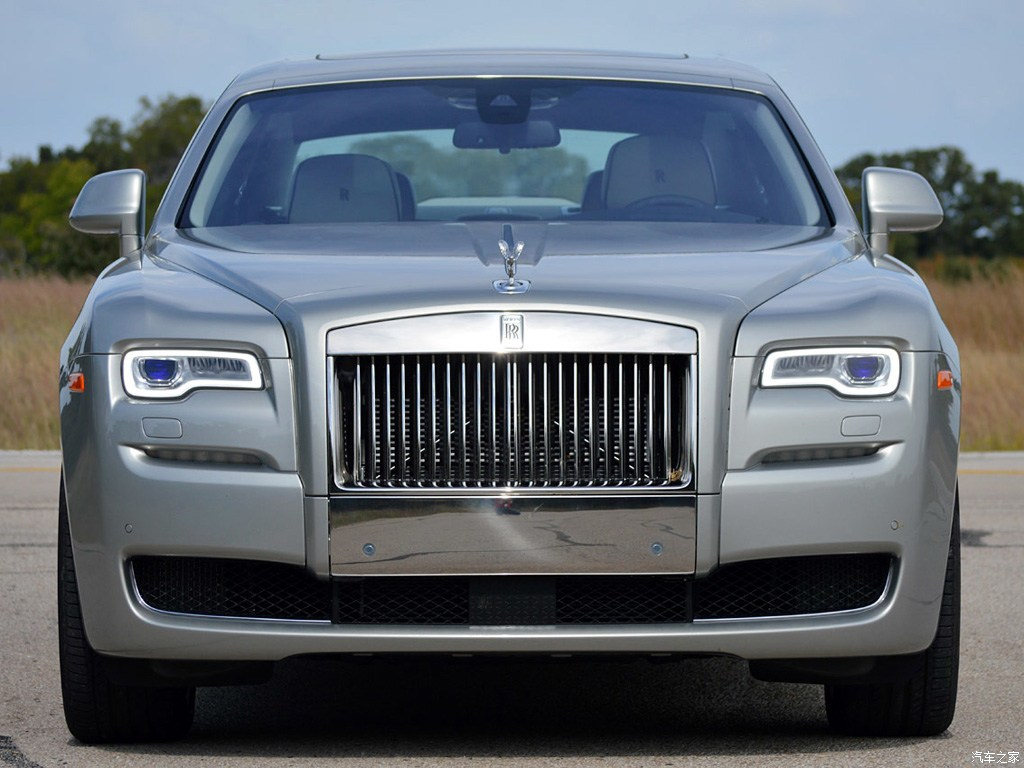
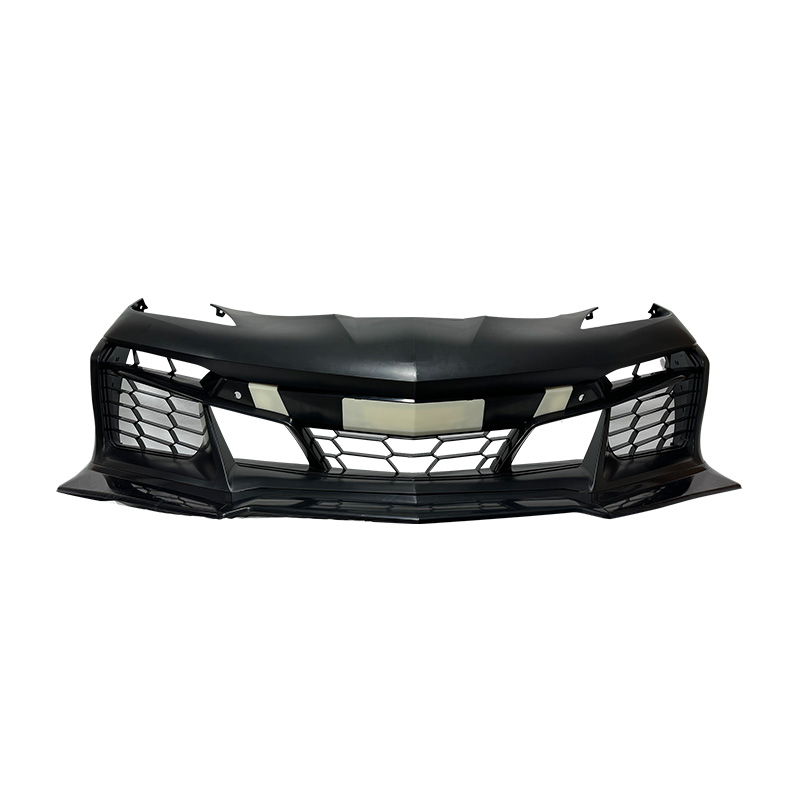
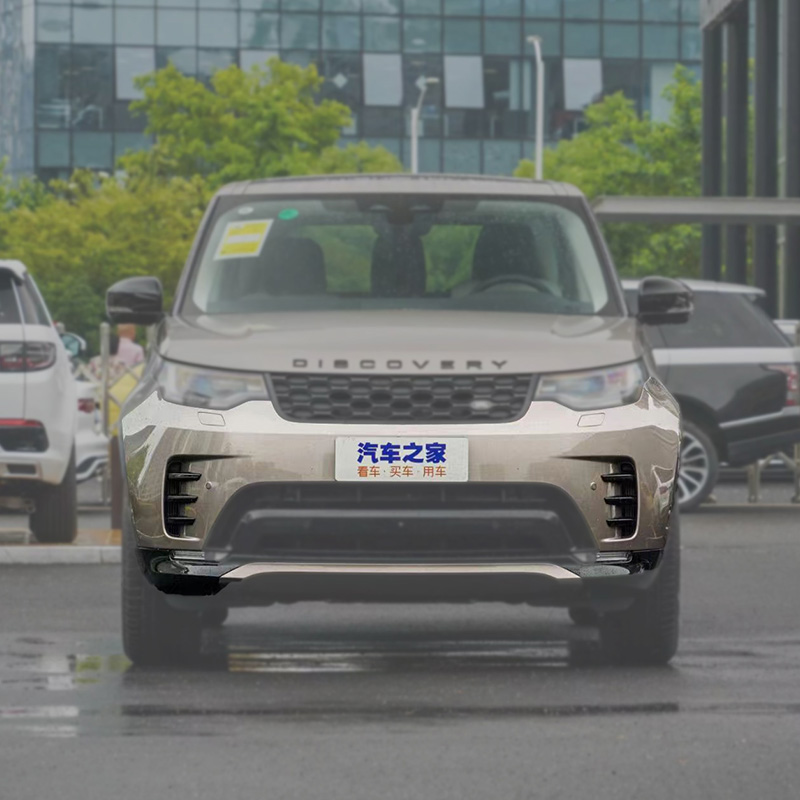
 +86-18357617666
+86-18357617666
